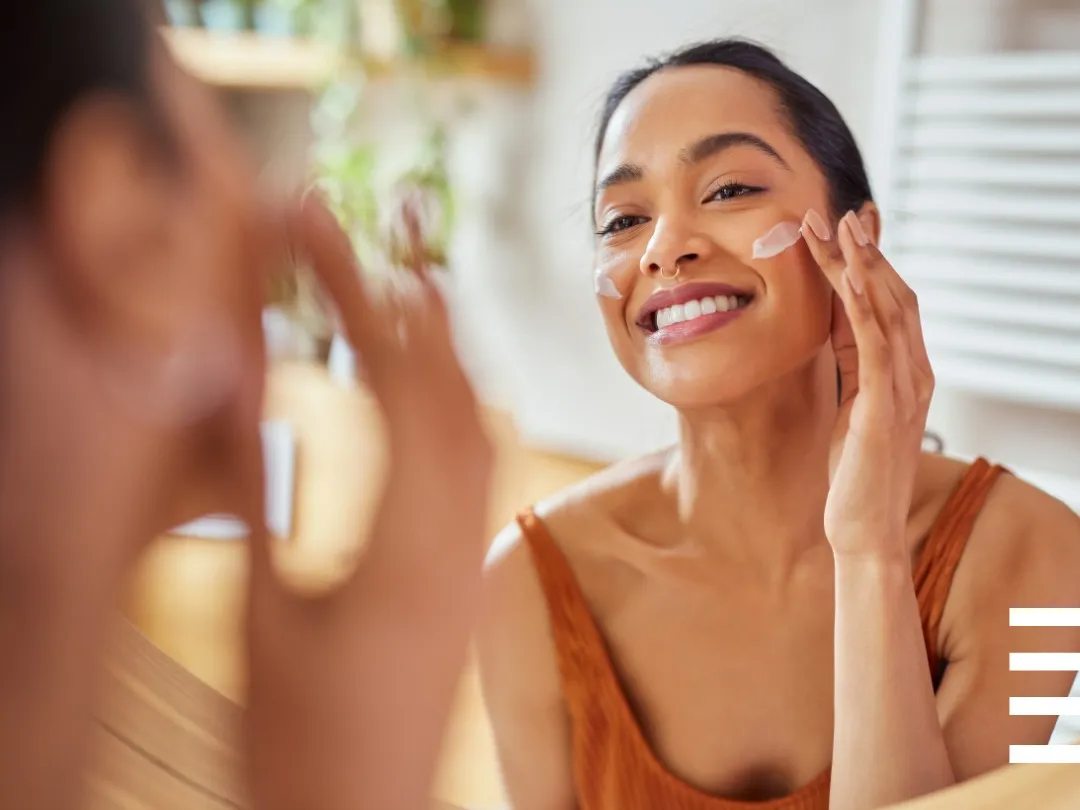When it comes to protecting your skin from the sun, you’ve probably heard the term “SPF” tossed around a lot. But what is SPF in sunscreen, and why is it so important? Whether you’re lounging by the pool, hiking in the mountains, or simply running errands on a sunny day, understanding SPF can make all the difference in keeping your skin safe and healthy. In this article, we’ll break it all down in simple terms, so you can confidently choose the right sunscreen and enjoy the sunshine worry-free! Let’s get started with nationalparkshops’s team!
What is SPF in sunscreen mean?
SPF or Sun Protection Factor, refers to the amount of protection a sunscreen provides against UVB rays, which are primarily responsible for sunburn and contributing to skin cancer. A higher SPF number, like SPF 50, suggests longer protection from UVB exposure before your skin begins to burn.
It’s important to understand that your skin needs protection from two types of ultraviolet rays: UVA and UVB. UVA rays penetrate deeper into the skin, causing premature aging, while UVB rays primarily affect the skin’s surface, leading to burns. In the European Union, products with UVA protection are marked with the letters “UVA” inside a circle, signifying compliance with EU standards. In the UK, you may also notice a star rating system on sunscreen bottles, with five stars indicating the highest level of UVA protection.

What does the SPF number mean?
In simple terms, the number following SPF represents how much longer it may take for your skin to burn when wearing sunscreen compared to being unprotected.
For instance, if your skin typically begins to burn after 10 minutes in the sun without protection, using a moisturizer with SPF 30 could extend that time to about 300 minutes, or 5 hours, as 10 multiplied by 30 equals 300.
However, this calculation is only an approximation, as factors like weather conditions, the time of year, and the intensity of the sun all influence your risk of burning. Additionally, it’s not advisable to determine your unprotected burn time through direct exposure to the sun.
The key takeaway is that while SPF ratings range from as low as 2 to over 50, higher numbers generally provide better protection against sunburn. Experts recommend a minimum SPF of 15 for daily use, which should also offer UVA protection.
Lastly, always adhere to the application and reapplication guidelines provided on the product packaging. If you’re unsure, it’s better to reapply sunscreen more frequently to ensure adequate protection.
>> And this isn’t just a post about SPF in sunscreen, it also covers how you should use sunscreen for climbing and hiking.
What’s the difference between UVA & UVB rays?
Besides finding out what is SPF in sunscreen mean, do you know what UVA and UVB are?
UVA rays
“UVA rays are present throughout daylight hours and, though their effects may not be immediately visible, they are highly impactful,” explains Clare. “These rays can pass through clouds, glass, and penetrate the skin deeply, leading to long-term harm such as all forms of skin cancer. They also significantly contribute to skin aging, including wrinkles, sun spots, and a leathery texture”.
UVB rays
“UVB rays are the primary cause of sunburn and skin redness,” Clare explains. “While they don’t penetrate as deeply as UVA rays, their impact is equally harmful. They are a major contributor to skin cancers, including melanoma”.

Which SPF should I be using?
Your skin tone plays a significant role in determining the right SPF for you. Melanin, the pigment in our skin, provides some natural protection against sun damage, and its production is influenced by genetics. People with more melanin generally have darker skin, hair, and eyes. Dermatologists classify skin types into six phototypes, ranging from phototype one (very fair skin that burns easily and doesn’t tan) to phototype six (dark skin that rarely burns).
Those with fair skin, light hair, light eyes, freckles, and moles (phototype one) are at the highest risk of sunburn, photo damage, and skin cancer. It’s essential for them to use sunscreen with at least SPF 30, ideally SPF 50, to ensure adequate protection. Extremely fair individuals are more prone to skin damage from sun exposure without proper protection.
While darker skin contains more melanin and offers some natural defense, the myth that it doesn’t require sunscreen is false. People with darker skin should still apply sunscreen with at least SPF 15 to safeguard their skin. Although darker skin may not visibly burn, it is still susceptible to damage beneath the surface, increasing the risk of long-term skin issues.
No matter the skin tone, everyone can burn and develop skin cancer. Protecting children and babies is particularly critical, as their skin is highly sensitive. Always apply sunscreen with at least SPF 30 on children and keep babies under six months out of direct sunlight entirely.
Choosing the right SPF for your skin type
Contrary to common belief, the amount of melanin in your skin, which gives it a darker tone, does not determine the SPF level you require. Even darker skin needs protection from harmful UV rays and should use at least SPF 30. However, those with lighter skin tones need to reapply sunscreen more frequently, as their lower melanin levels provide less natural defense against the sun.
The minimum SPF recommended for each skin type on an average day is as follows:
- Dry skin: Use SPF 30 to ensure sufficient hydration and protection.
- Sensitive skin: Opt for SPF 50, as this type of skin is more vulnerable to damage, and higher protection is essential.
- Mature skin: Also use SPF 50, as aging makes the skin thinner and more delicate, requiring stronger defense.
The key takeaway about SPF is that the higher the number, the more effective and longer-lasting the protection against UV rays. If you have a specific skin condition or are unsure about the appropriate SPF for you, it’s best to consult a doctor for personalized advice.



